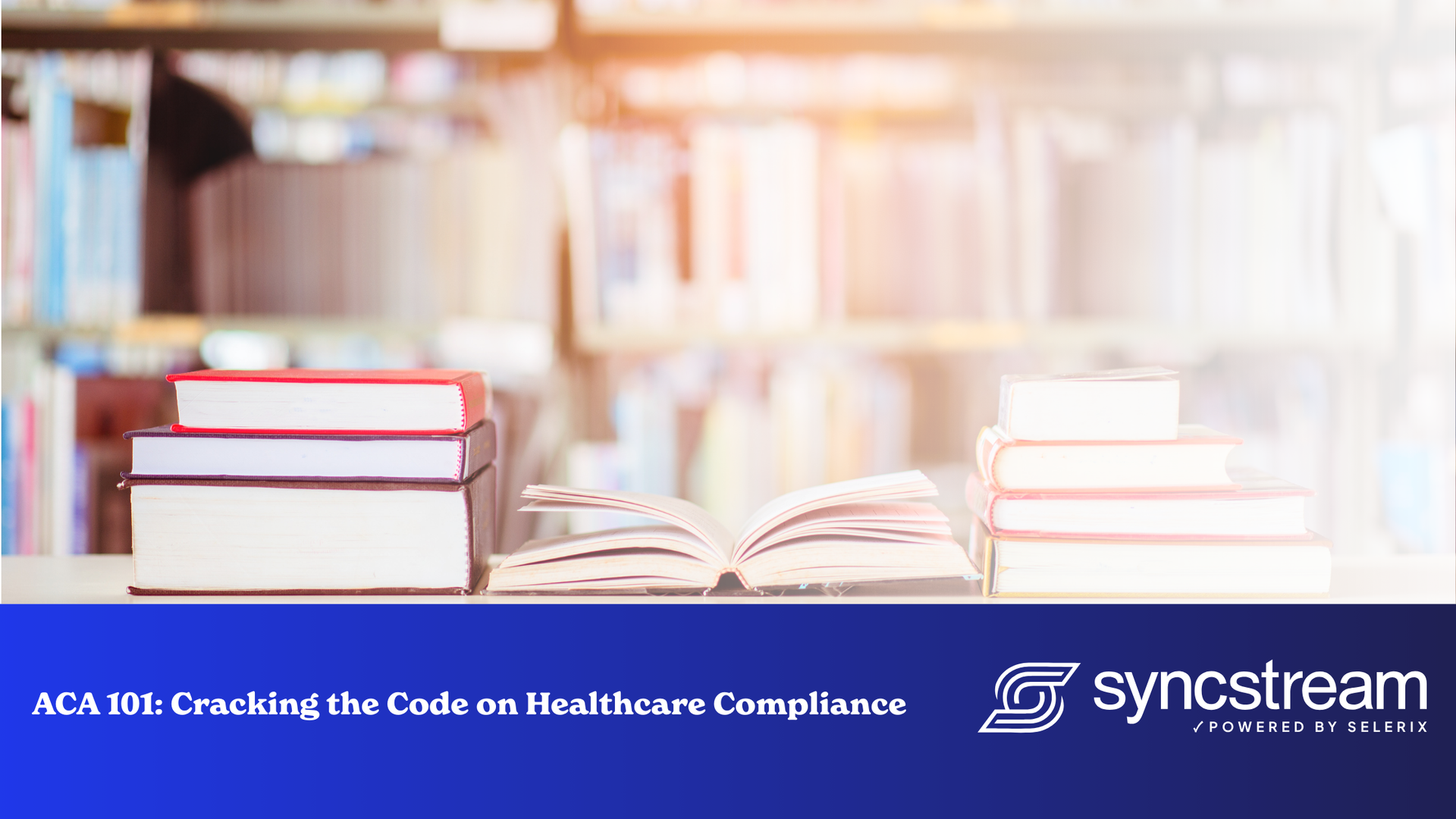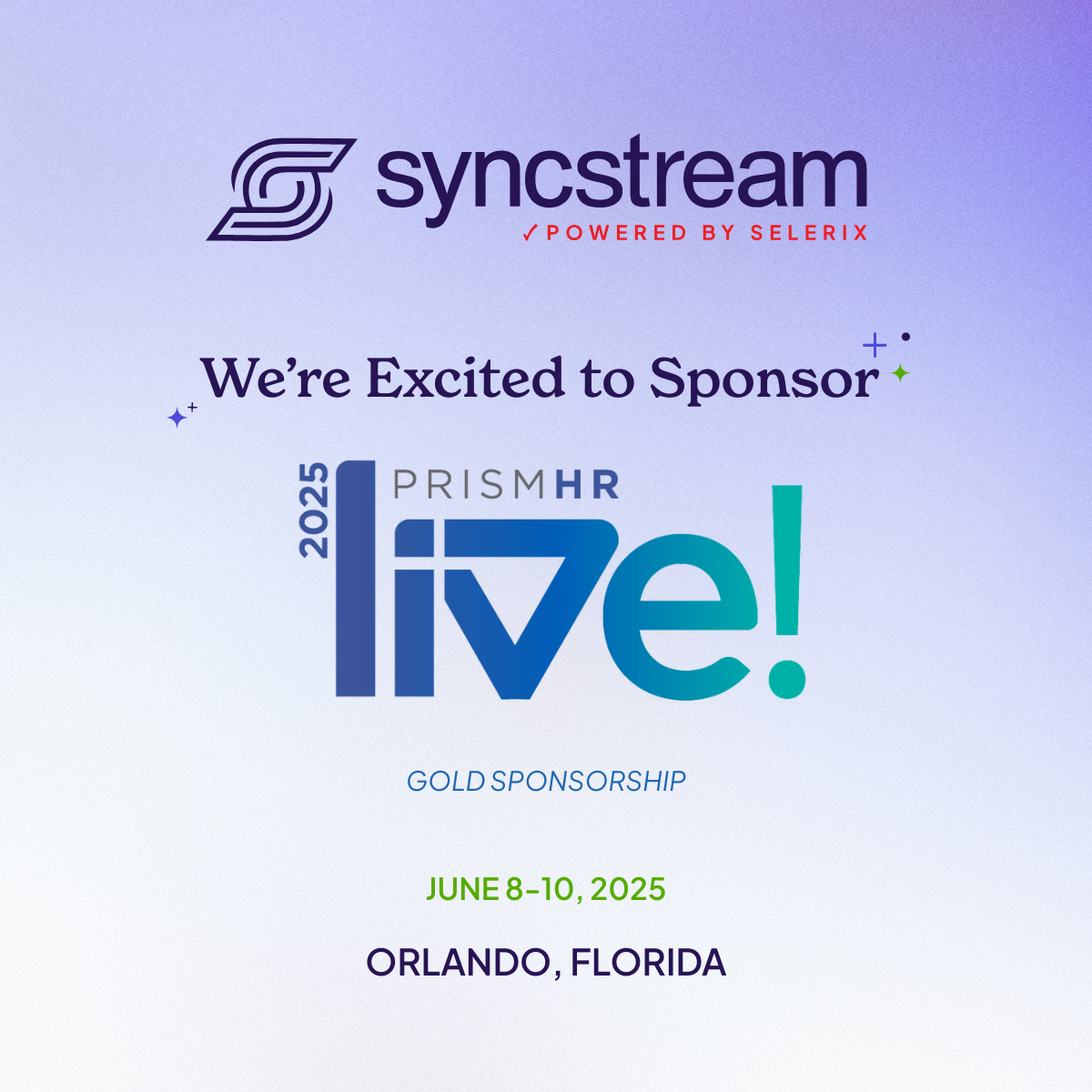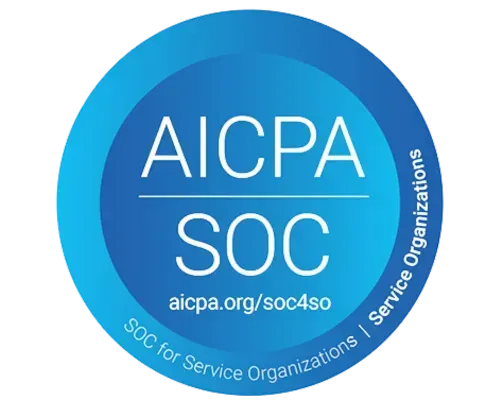Strategies to Mitigate ACA Penalties in High-Risk Industries

Industries with a large amount of hourly workers and variable schedules find it difficult to determine which employees qualify as ACA full-time and require health coverage. Additionally, industries with high staff turnover and low participation in company-sponsored health plans face an increase in compliance risks. Among the industries often struggling with these challenges are home healthcare, staffing, hospitality, and construction.
Multiple departments, multiple opportunities for error
If you run a hotel, for example, the multiple departments and often multiple locations can create trouble, especially when they roll up to one HR department.
When employees work dual shifts under multiple job codes, and at various pay rates, tracking their ACA status can be a lot more complex than at the typical business where employees work 9-5 every day.
For instance, let’s say an employee’s primary job is front desk clerk, and they work in the morning three days a week for a total of 18 hours as a part-time position. The same person also has a part-time position in housekeeping for an overnight shift that totals another 18 hours per week.
Is this employee full-time under the ACA?
Yes.
Even though this employee has two job categories at two different rates, they still work for the same company for a total of 36 hours per week. Since these jobs fall under the same employee identification number (EIN), this scenario is especially complex for ACA reporting because now you have to pull in different payroll rates, track hours worked for each position, and then determine if the employee is considered full-time and should be offered health coverage. With employees working in multiple departments, managers have trouble tracking employees. From an HR perspective, since they’re usually the ones offering and reporting on coverage, the challenge lies in combining lots of employee data from various departments and being able to manage it appropriately.
How to Ensure ACA Compliance
Avoiding penalties and ensuring ACA compliance demand careful management of employee status under ACA regulations. Determining
employee classification is paramount. Accurate determination of full-time and part-time employee status is crucial to prevent misclassification and its ramifications that can affect benefits and reporting. Furthermore, employers with 50 or more full-time employees must provide
Minimum Essential Coverage (MEC) to at least 95% of their full-time workforce and ensure affordability based on IRS-approved methods. Regularly reviewing ACA compliance throughout the year, preferably with the assistance of an ACA vendor, helps organizations stay on track with reporting requirements.
ACA Best Practices
- Invest in an intelligent solution to manage the most complex situations.
Most employee information should already be recorded and updated in a payroll or benefits management system, but for businesses with many variable-hour employees, this isn’t always enough to figure out who qualifies for coverage and who doesn’t. Investing in an ACA solution that can store, interpret, and file this data properly will help ease the process and ensure auditability when reporting season comes to a close.
2. Maintain consistency across the board.
Especially when it comes to the management of employees from department to department or location to location, consistency is key. If you’re going to track and report employees one way, do it the same way for all within that department or location.
3. Update employee data on a regular basis.
To ensure employee data is constantly tracked, an individual or team should be dedicated to continually monitoring employees against ACA requirements. If not, reporting will prove overwhelming when you’re trying to file in the first quarter of the year.
ACA compliance is a multifaceted undertaking, especially for industries with a substantial number of hourly workers and varying schedules. By understanding the unique risk factors affecting their industry and implementing proactive measures, organizations can navigate the complexities of ACA reporting and minimize the potential for penalties. Ensuring ACA compliance is not only critical for avoiding financial repercussions but also for granting employees access to essential healthcare benefits. It is imperative to remain up-to-date with evolving ACA regulations and seek professional guidance as needed to achieve seamless compliance. By embracing these strategies, organizations can strengthen their ACA compliance posture and foster a healthier and more compliant workforce.
About SyncStream
SyncStream maintains a tenured, knowledgeable staff who continually monitors changes to the employer mandate regulations and updates solutions as laws evolve. SyncStream removes the burden of ACA compliance and provides penalty risk assessments and suggested corrections to reduce your company’s risk of high IRS penalties. Subject matter experts utilize SyncStream’s user-friendly compliance software to track employee hours, auto-populate forms, audit forms, and e-file for thousands of ALEs. SyncStream’s Full Service Total ACA solution can simplify your ACA compliance needs.





